Launching 12 projects to open the city's gateway
The Ho Chi Minh City People's Committee is planning to implement 12 road expansion and bridge construction projects to remove the "bottleneck" of frequent traffic jams at the four gateways. Of these, 5 projects will apply the BOT contract type according to the special mechanism that the National Assembly has allowed Ho Chi Minh City to pilot under Resolution 98, including: Upgrading and expanding National Highway 13 (from Binh Trieu Bridge to the border of Binh Duong province); Upgrading and expanding National Highway 1 (from Kinh Duong Vuong Street to the border of Long An province); Upgrading and upgrading National Highway 22 (from An Suong intersection to Ring Road 3); Upgrading the North-South axis road, from Nguyen Van Linh Street to Ben Luc - Long Thanh Expressway; Building Binh Tien Bridge and Road (from Pham Van Chi Street to Nguyen Van Linh Street).
Looking at the list above, it is not difficult to recognize the QL13 expansion project - the project that holds the record for the longest "on paper" time after 22 years of struggling to adjust. At the same time, this is also the project with the largest total investment, estimated at more than 13,800 billion VND. As a vital route connecting Ho Chi Minh City and Binh Duong, to the Central Highlands provinces, the nearly 6 km road from Binh Trieu bridge to the border of Binh Duong province will be expanded to 53 - 60 m. Currently, with high traffic density, this 6-lane gateway is often overloaded.
Hope to escape the traffic jam obsession thanks to the project to expand the gateway road to Ho Chi Minh City
In particular, the section across Ong Dau Bridge has only 4 lanes, creating a "bottleneck" that causes tension to spread throughout the surrounding roads. To temporarily "put out the fire", the Road Traffic Infrastructure Management Center (HCMC Department of Transport) has recently completed the expansion of Ong Dau Bridge by building a temporary bridge, extending the bridge by about 2 meters to the right, helping vehicles to escape faster. Therefore, the project to expand the entire National Highway 13, for the people of Thu Duc City, is no less expected than waiting for the metro dream to come true.
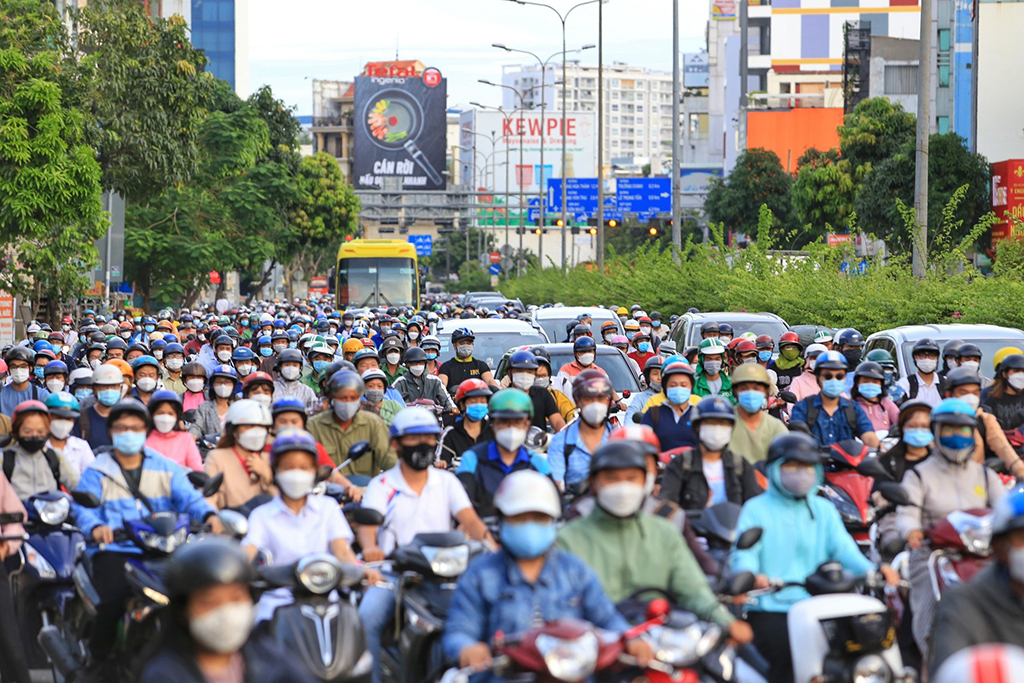
Ho Chi Minh City is implementing projects to relieve traffic congestion at the northeastern gateway.
Along with the expansion of National Highway 13, the eastern gateway of Ho Chi Minh City is also preparing to deploy two more projects: the expansion of Ung Van Khiem Street and the construction of the Dai Liet Si intersection. Ung Van Khiem Street, from the Dai Liet Si intersection to Tan Cang Tourist Area (Binh Thanh District), has long been a traffic jam hotspot. During morning and afternoon rush hours, thousands of vehicles move slowly, turning the road into a "forest of people" inching forward in the dust. These are also two projects in the cluster of projects to clear the eastern gateway, "lining up" with National Highway 13 for more than two decades due to financial problems.
According to the HCM City Department of Transport, Resolution 98 allows HCM City to apply the deferred payment method using the budget, instead of paying investors with land funds as before. The two projects Ung Van Khiem and the construction of the Dai Liet Si intersection are in the priority group to be implemented under the BT form. It is expected that Ung Van Khiem Street will be expanded to a 30m road width, with a scale of 6 lanes, 1.7km long, extending from Dai Liet Si intersection to Tan Cang restaurant. At Dai Liet Si intersection, a roundabout with a diameter of 22.5m will be built above, and an underpass will be designed below.
In the west of the city, every weekend or during the peak holiday season, National Highway 1 and National Highway 22 turn into giant "parking lots" stretching from Truong Chinh and Cong Hoa streets... Therefore, not only focusing on expanding the two national highways, the expansion of Truong Chinh and Tan Ky Tan Quy streets is also identified as a strategic project in the coming period. According to the plan, Truong Chinh Street will be expanded (the section from Cong Hoa Street to Au Co Street, 765 m long) to 30 m for 6 traffic lanes, about 3 times wider than the existing road surface, equal to Tan Ky Tan Quy Street (the section from Cong Hoa Street to Le Trong Tan Street, 636 m long) after the expansion is completed.
These two projects were conceived in 2005 when traffic congestion was severe, but due to limited funding, they could not be implemented. Nearby, Vinh Loc Street (in Binh Chanh District and Binh Tan District) has recently been proposed to be upgraded and expanded to 30m to create a synchronous traffic connection between Binh Chanh, Binh Tan and Hoc Mon District at the western gateway of the city.
In the south, both the Binh Tien bridge and road projects and the North-South axis upgrade will be implemented under the BOT form, expected to start construction in 2025 and be completed in 2028. Together with the Nguyen Khoi bridge and road, which has submitted a pre-feasibility study, all three of these projects, once completed, are estimated to reduce the traffic load on Nguyen Van Linh Street by over 50%, connecting directly from the city center to Ring Road 2. Not to mention, the Thu Thiem 4 bridge will be formed to reduce pressure on the Huynh Tan Phat - Nguyen Van Linh intersection, Tan Thuan Industrial Park... quickly connecting from the Thu Thiem new urban area to the southern area of the city.
Projects are being urgently implemented
Looking back, engineer Vu Thang, former Deputy Head of the HCM City Traffic Infrastructure Investment Preparation Board, pointed out that all the projects to open the city's gateways had been planned and implemented many years ago. This shows that many previous terms, generations of city leaders had identified the importance of key traffic routes connecting inter-regions. However, for a long time, the city focused on solving the problem of inner-city traffic, expanding and building new urban road networks inside. Meanwhile, the basic principle is that if there is congestion outside, it is impossible to organize smooth inner-city traffic.
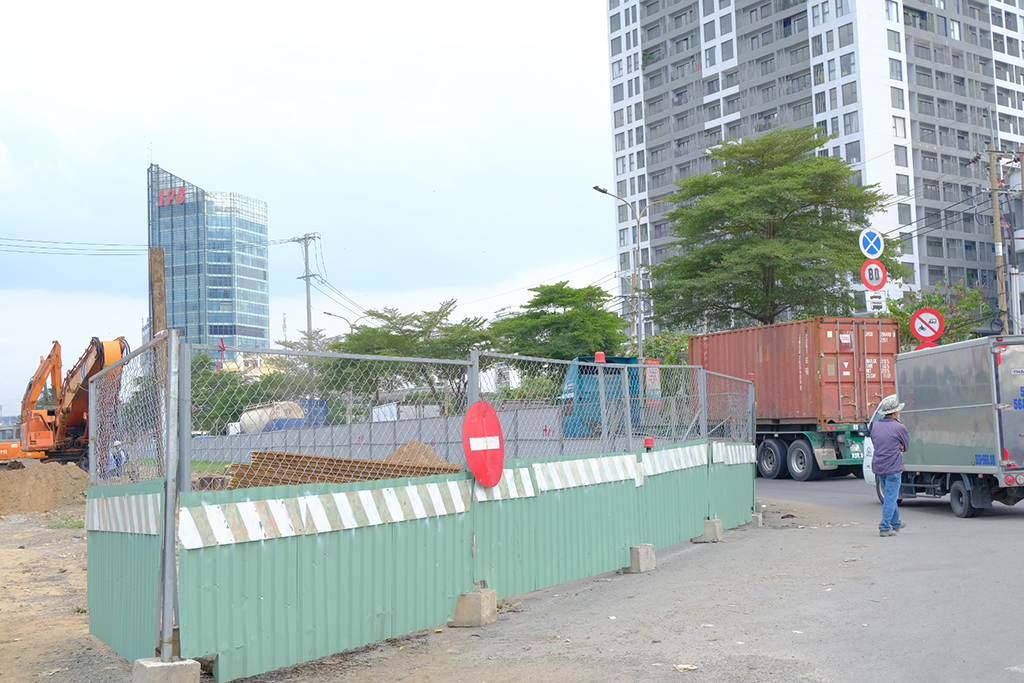
Nguyen Van Linh - Nguyen Huu Tho intersection is preparing to temporarily close for 8 months for construction.
In the current context, the expressway network along the North-South route is rapidly forming, the Ring Road 3 and Ring Road 2 systems are also under pressure to be closed as quickly as possible. Not to mention that many national highways passing through other localities have also been expanded. Therefore, the city has no choice but to focus on prioritizing the immediate completion of gateway projects. Otherwise, it will become a "bottleneck" that not only causes traffic jams in the inner city but also blocks the traffic and economic flow of the entire region.
Mr. Tran Quang Lam, Director of the Ho Chi Minh City Department of Transport, affirmed that never before have projects faced such favorable opportunities for implementation and rapid completion as they do now. Currently, all projects have clearly defined policies, mechanisms, funding sources, and detailed implementation times, and are being prioritized by the leaders of the City People's Committee. For example, the Department of Transport is preparing pre-feasibility plans for 5 projects implemented under BOT contracts, striving to submit investment policies in the second quarter, and by the end of the year, prepare feasibility plans and organize bidding to select investors.
By 2025, these 5 strategic projects will start construction. The Thu Thiem 4 bridge project has been completed and submitted to the Department of Planning and Investment for study and appraisal of the pre-feasibility project... Along with that, the city has 3 belt routes (2, 3, 4) which are all in the process of implementation. Belt route 3 is under construction following the schedule; Belt route 2 has been approved in principle, and is implementing a closed section of the eastern section (from Vo Chi Cong Street to National Highway 1). Belt route 4 is also preparing a pre-feasibility study report, implemented one span after Belt route 3, according to the schedule, it will be completed around 2027.
Director of Ho Chi Minh City Department of Transport Tran Quang Lam
The radial and closed beltway network will connect directly to the expressways that the Ministry of Transport is studying to expand, including: Ho Chi Minh City - Trung Luong Expressway and Ho Chi Minh City - Long Thanh - Dau Giay Expressway. Ho Chi Minh City has also proactively invested in the An Phu intersection, built a parallel road to the expressway, and is expanding Luong Dinh Cua Street... By 2025, the connection with the expressway after expansion will be basically guaranteed. In addition, Ho Chi Minh City - Moc Bai Expressway and Ho Chi Minh City - Thu Dau Mot - Chon Thanh Expressway are also being prioritized for implementation.
"All strategic projects are being urgently implemented and will certainly be built and completed in the next few years. At that time, urban space and infrastructure space will be expanded, people will clearly see a very different traffic picture of the city", Director of the Ho Chi Minh City Department of Transport Tran Quang Lam affirmed.
Don't let the congestion project become the "culprit" causing the jam.
However, while waiting for the gateway to be opened, in the days leading up to Lunar New Year, the streets of Ho Chi Minh City were filled with traffic, congested from early morning to late at night. The greater the fear of traffic jams, the more joy and expectation increased when news of traffic works "moving" and speeding up. However, the excitement was accompanied by anxiety because the projects were simultaneously started and constructed, which also meant turning the city into a large construction site. While at the end of the year, the situation of digging roads and barriers of large projects in the center were gradually dismantled, it was also the time when the bunkers began to "run" to the gateways.
Typically, the Nguyen Van Linh - Nguyen Huu Tho intersection (District 7) is the biggest bottleneck, choking traffic in the southern part of the city. Every morning, from 7am, a long line of tankers, trucks, and cars divide into two lanes, stretching more than 1km from the intersection with Dong Tay Street (Phuoc Kien Commune, Nha Be District) to the Nguyen Van Linh - Nguyen Huu Tho roundabout. Rach Dia Bridge twice a day, morning and afternoon, divided equally in both directions, turns into giant "parking lots", motorbikes squeeze into the car lane, even climbing onto the pedestrian bridge. Every time the investor announces the expansion of construction, the construction speed is increased, the road surface area is narrowed once more. Then the bumpy sections, potholes begin to appear, making it more difficult and slower for vehicles to move.
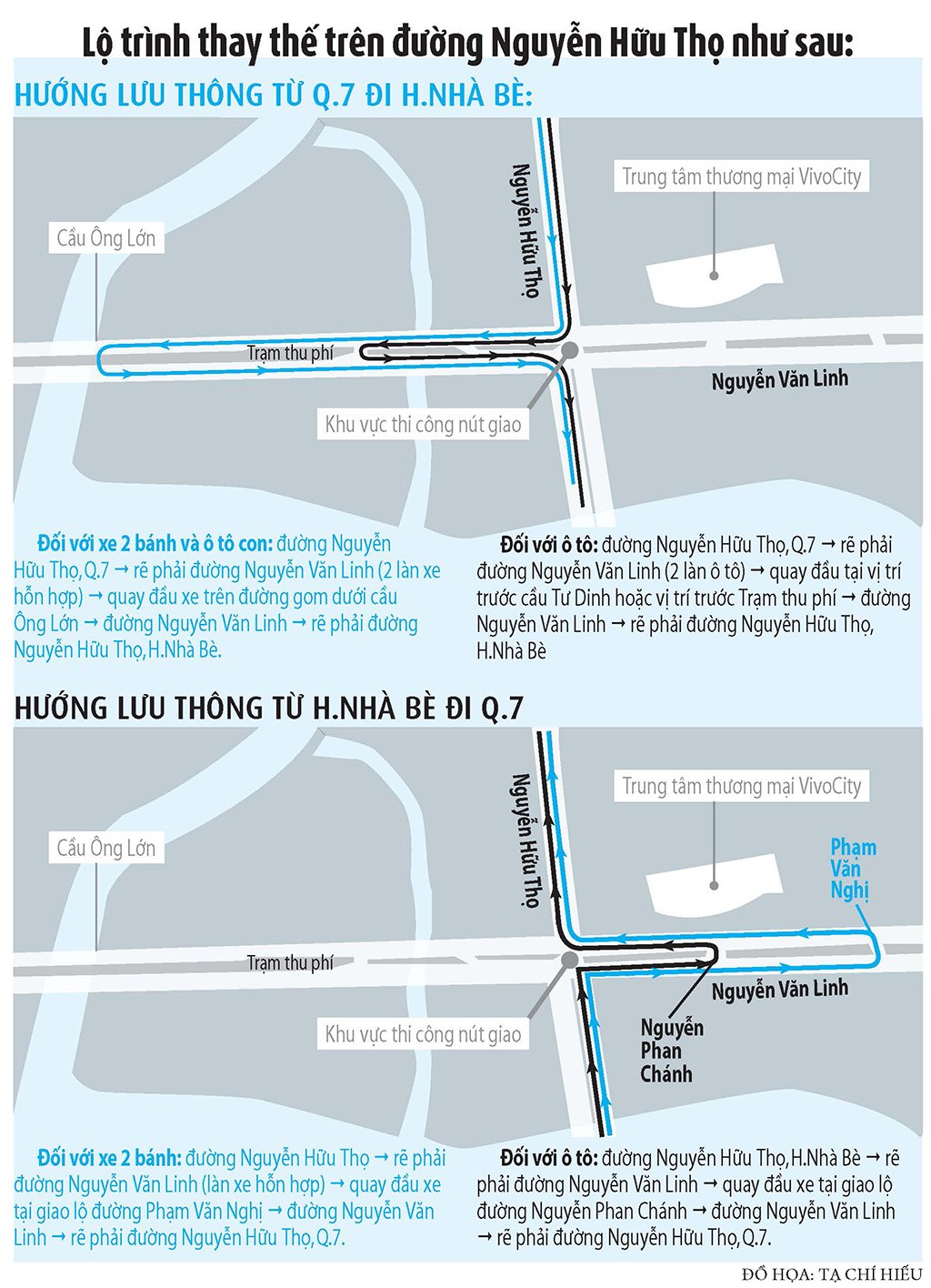
Most recently, the Ho Chi Minh City Department of Transport announced that in the coming period, it is expected that the entire intersection will be barricaded to begin construction of three main tunnel segments right in the middle of the Nguyen Van Linh - Nguyen Huu Tho intersection. Having just read the information about the "closure" of this intersection, many residents living in Phuoc Kien commune, Nha Be district are extremely confused.
"The roadblocks have been blocked all day, now that they're all fenced in, how will the vehicles get through? We'll probably have to rent a plane to get to work soon," Ngoc Huyen texted a friend who lives nearby when she heard the news that the Nguyen Van Linh - Nguyen Huu Tho intersection was about to be closed. Many people even considered renting a house near their office while the intersection was under construction because motorbikes could still weave through here and there, but with so many container trucks and cars, "which way can we go? If we move to other roads that aren't wide or airy, how much more congestion will there be?"
Notably, the Nguyen Van Linh - Nguyen Huu Tho intersection tunnel project started in April 2020 and is expected to be completed in the fourth quarter of 2023 to relieve traffic congestion in the southern part of the city. However, when the progress reached about 35%, the project had to be temporarily suspended due to problems with technical infrastructure relocation and is expected to be completed by the end of this year.
"Across the city, there are a series of projects that are expected to be the key to reducing traffic congestion, but in the end, construction is sluggish, progress is delayed, becoming the "culprit" causing traffic jams, making people extremely frustrated. Everyone wants a new bridge, a big road, but we hope that the city's leaders will closely monitor and speed up construction so that each project is completed, not letting each project start and then be shelved, sluggish, saying it will take 8 months but waiting for several years, people who are already suffering, will suffer even more", Ms. Ngoc Huyen expressed.
A representative of the Ho Chi Minh City Department of Transport acknowledged that 2024 will continue to be a year of projects, with a huge workload for the transport sector. During this period, key projects to expand and connect the city's gateways are accelerating, and it is inevitable that there will be impacts on people's lives. "The transport sector hopes that people will sympathize, share, and create conditions for projects to be completed soon and effectively. We will closely coordinate with units to speed up construction progress, tighten inspection and management of the construction process, restore the road surface, and at the same time develop a reasonable traffic diversion plan to ensure maximum traffic conditions for people," said a representative of the Ho Chi Minh City Department of Transport.
It is expected that in the two years 2024 - 2025, Ho Chi Minh City will focus on implementing investment preparation for 51 strategic transport projects (establishing, submitting for appraisal, approving adjustments to investment policies, investment policies of projects and approving investment projects under the PPP public-private partnership method), in which accelerating the progress of investment preparation for 19 projects that have been arranged for the medium-term plan 2021 - 2025. According to calculations, the investment capital demand for 59 strategic projects from now to 2030 is 231,048 billion VND. Of which, 12 gateway projects account for more than 67,000 billion VND.
Source link








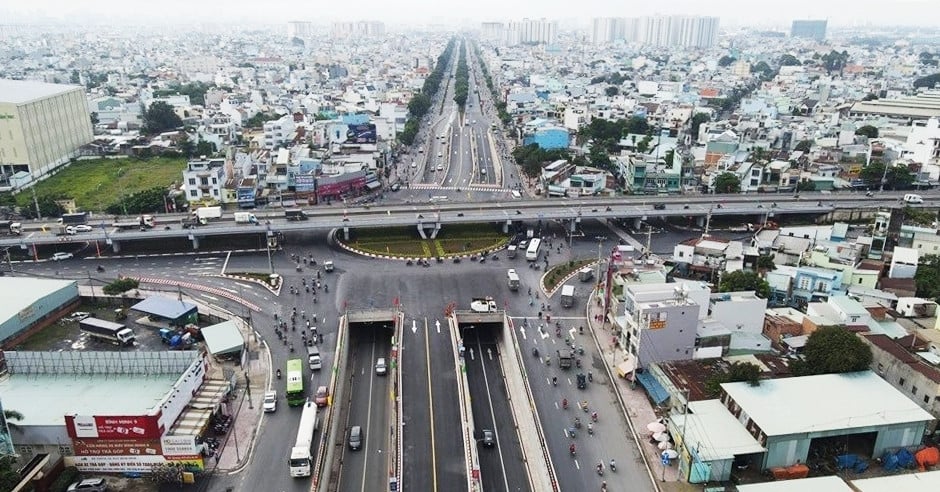

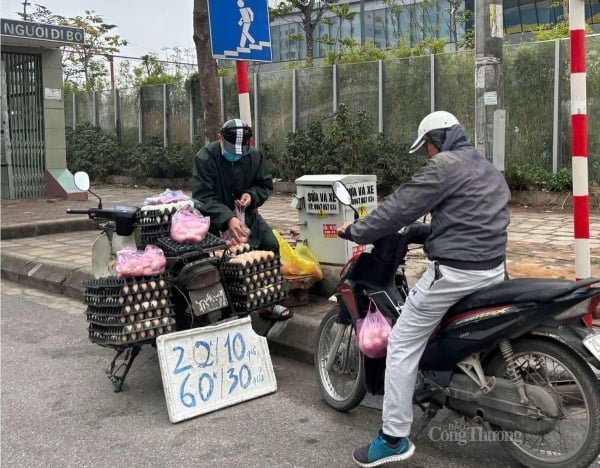

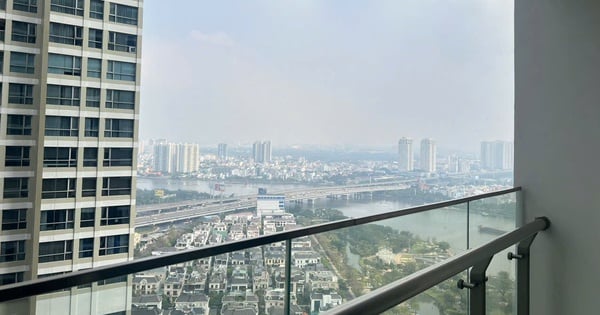

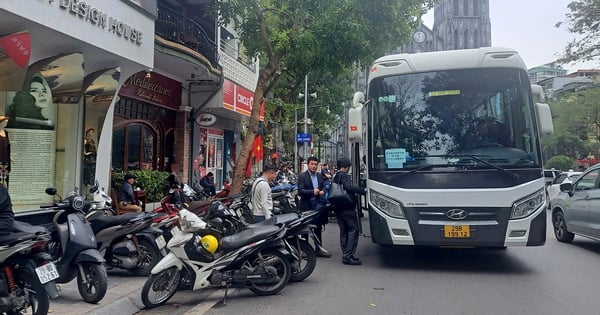

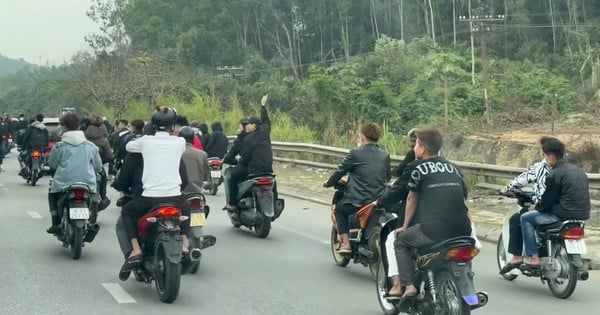



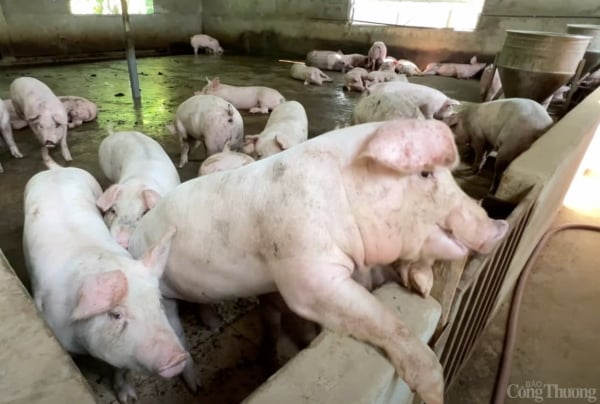
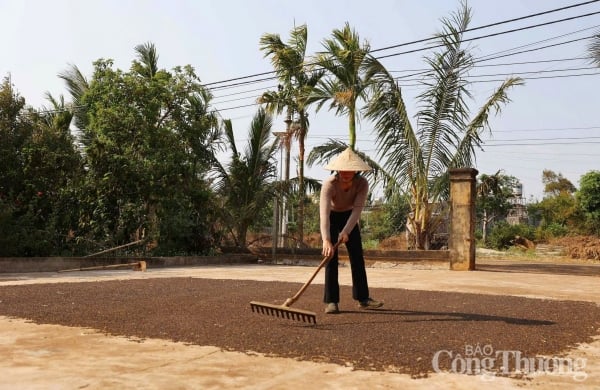
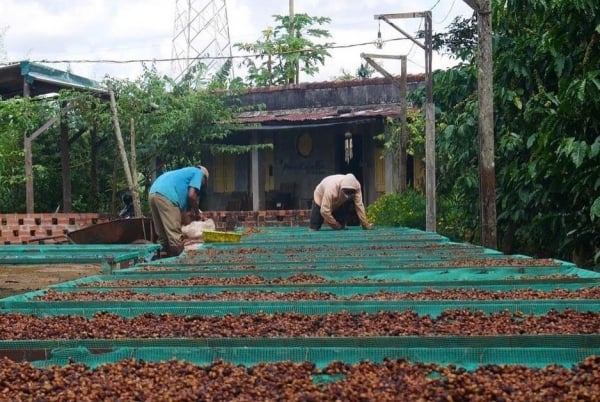
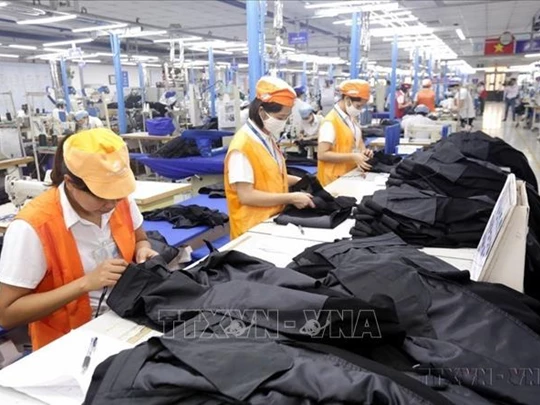




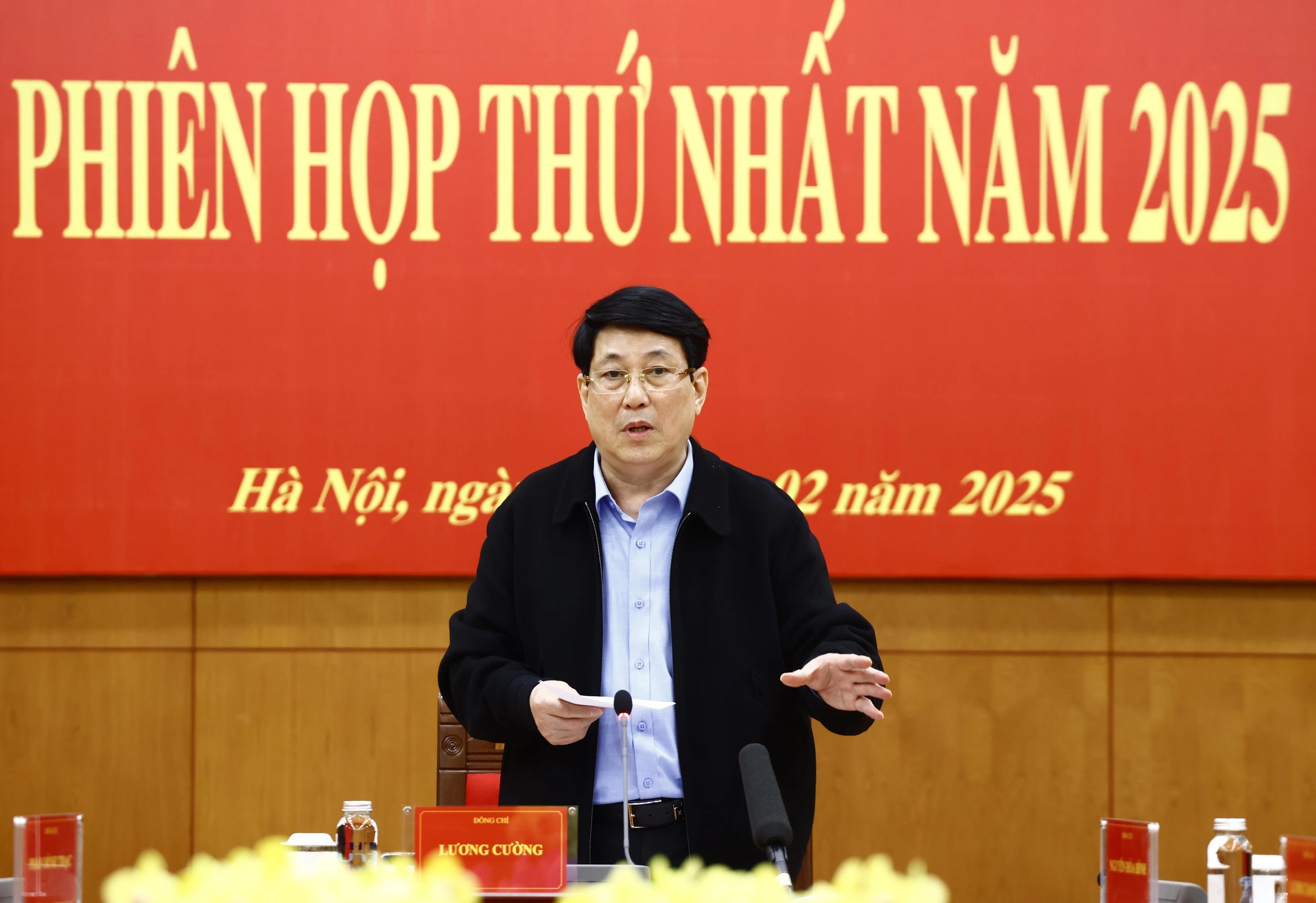










![[Photo] Prime Minister Pham Minh Chinh chairs Government Conference with localities on economic growth](https://vstatic.vietnam.vn/vietnam/resource/IMAGE/2025/2/21/f34583484f2643a2a2b72168a0d64baa)








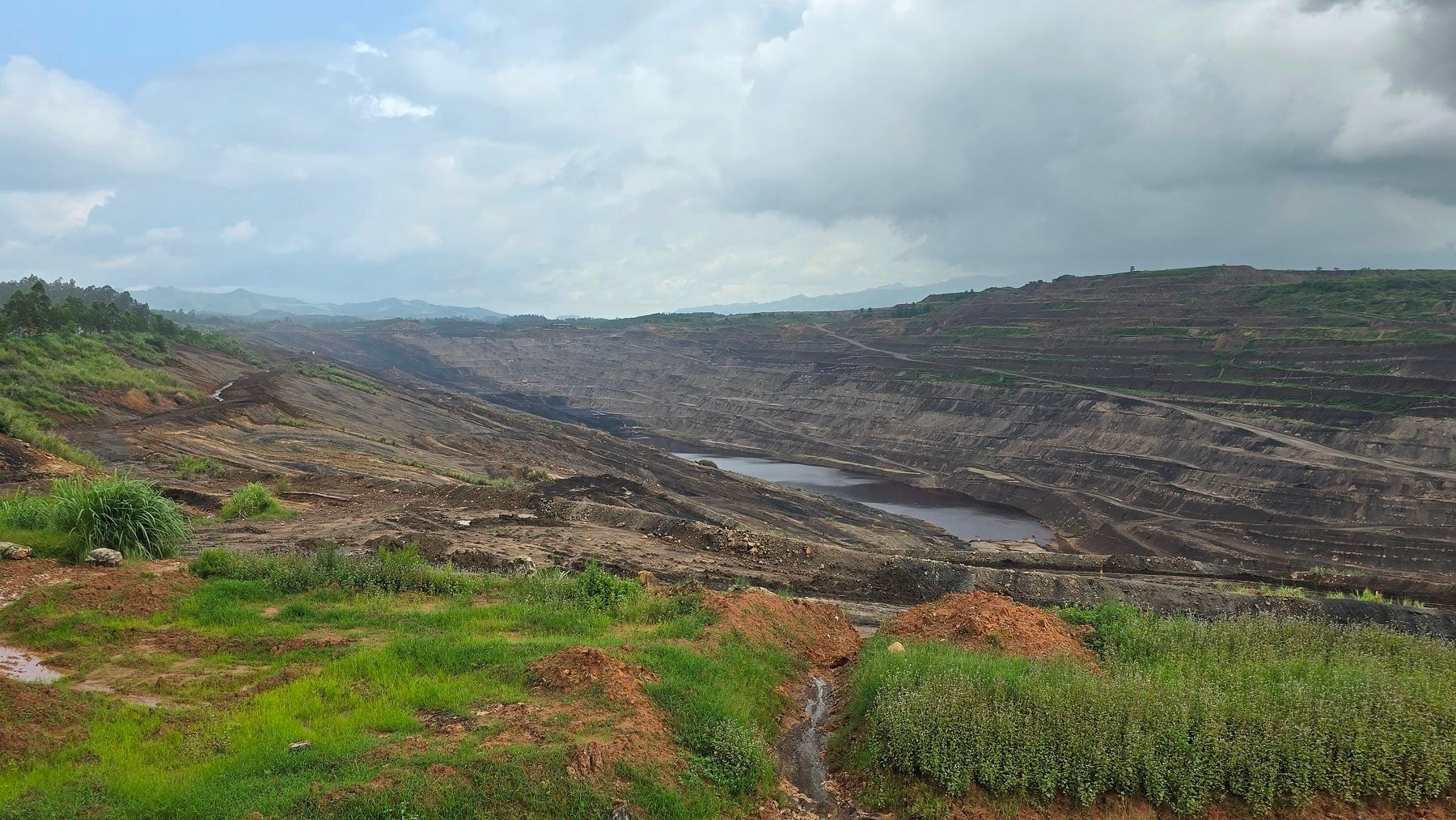





















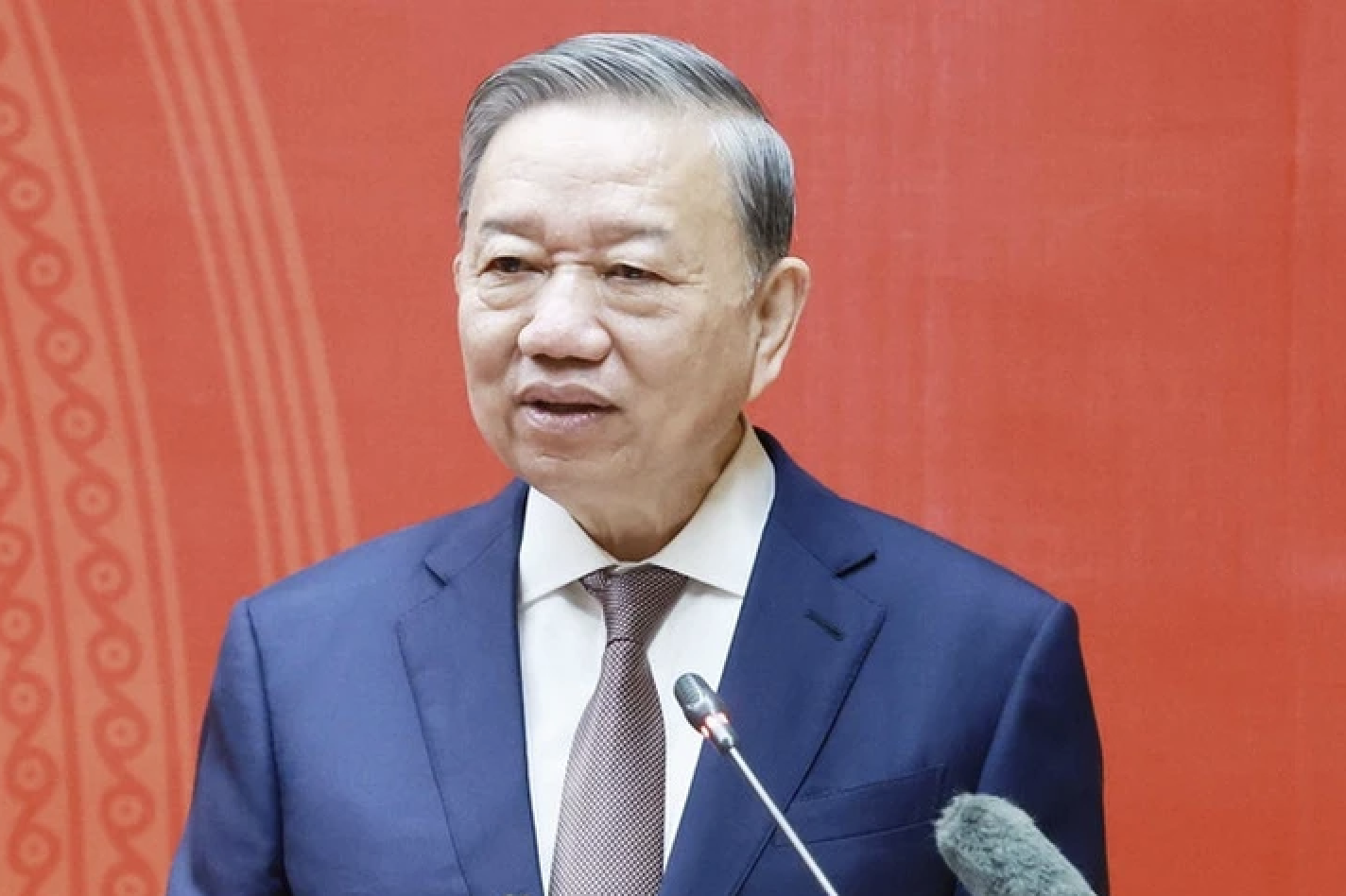
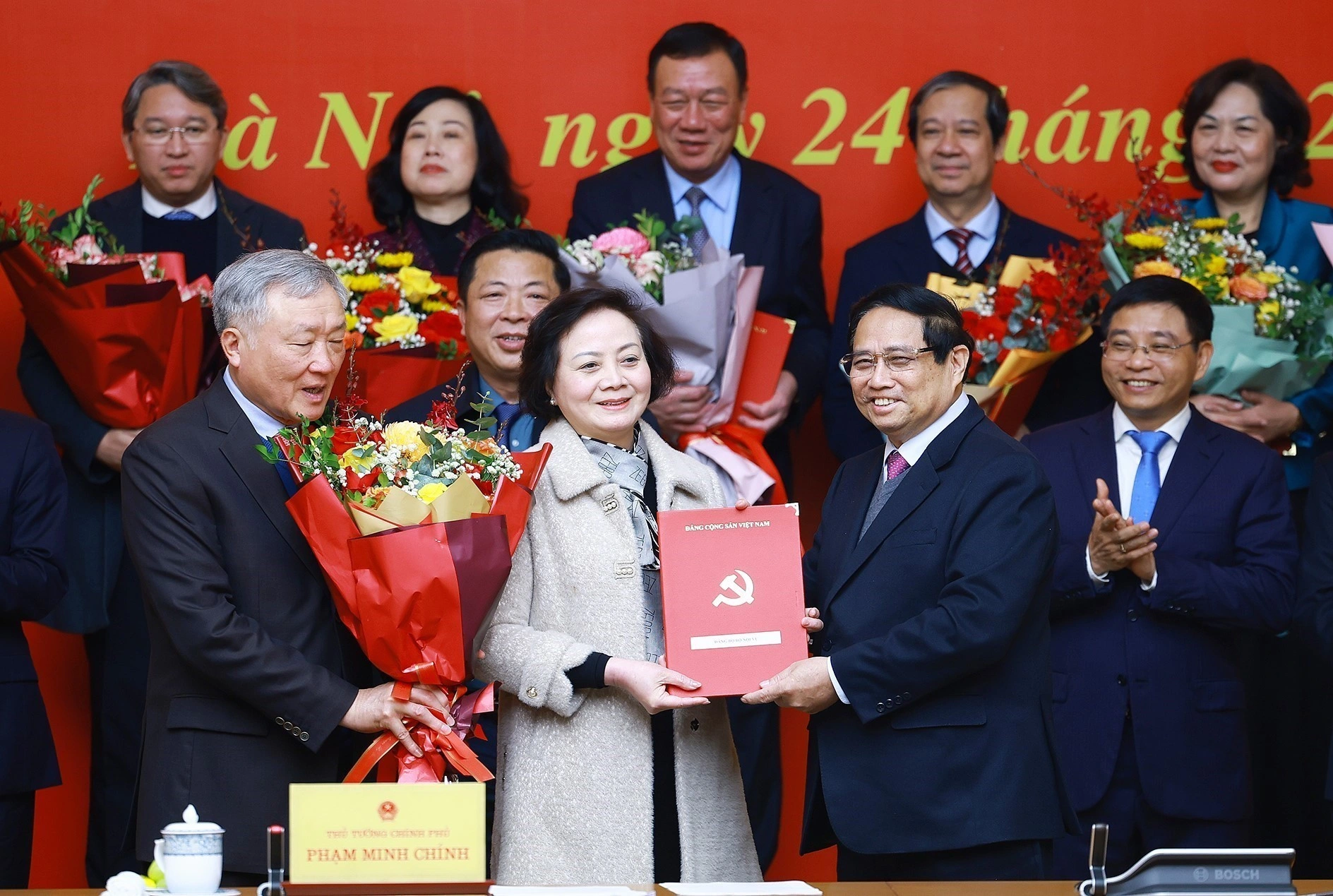























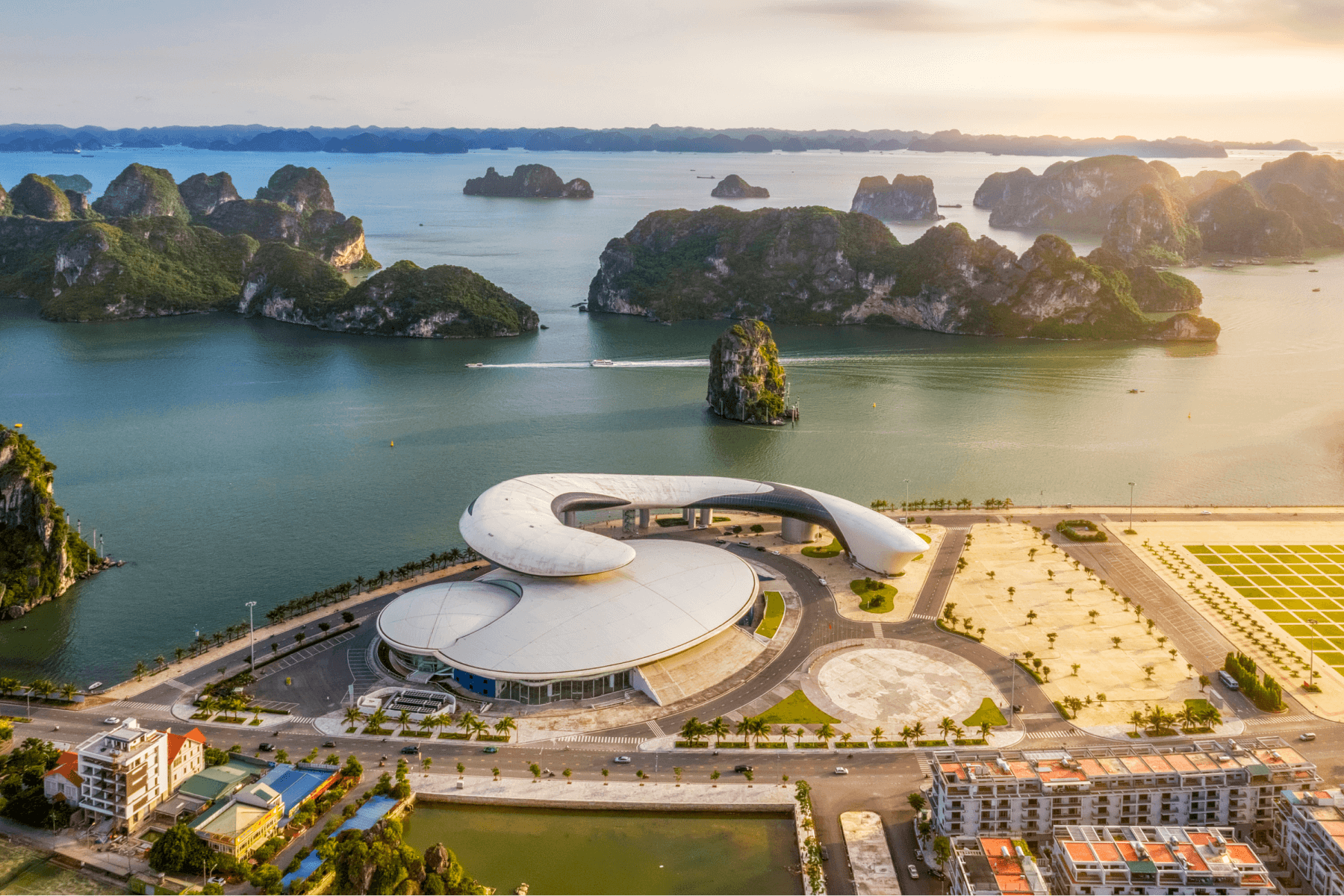
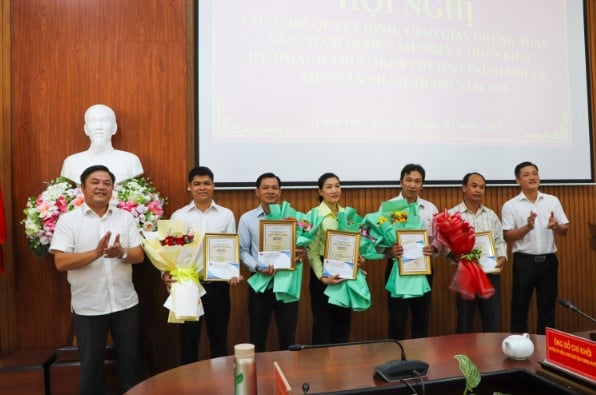
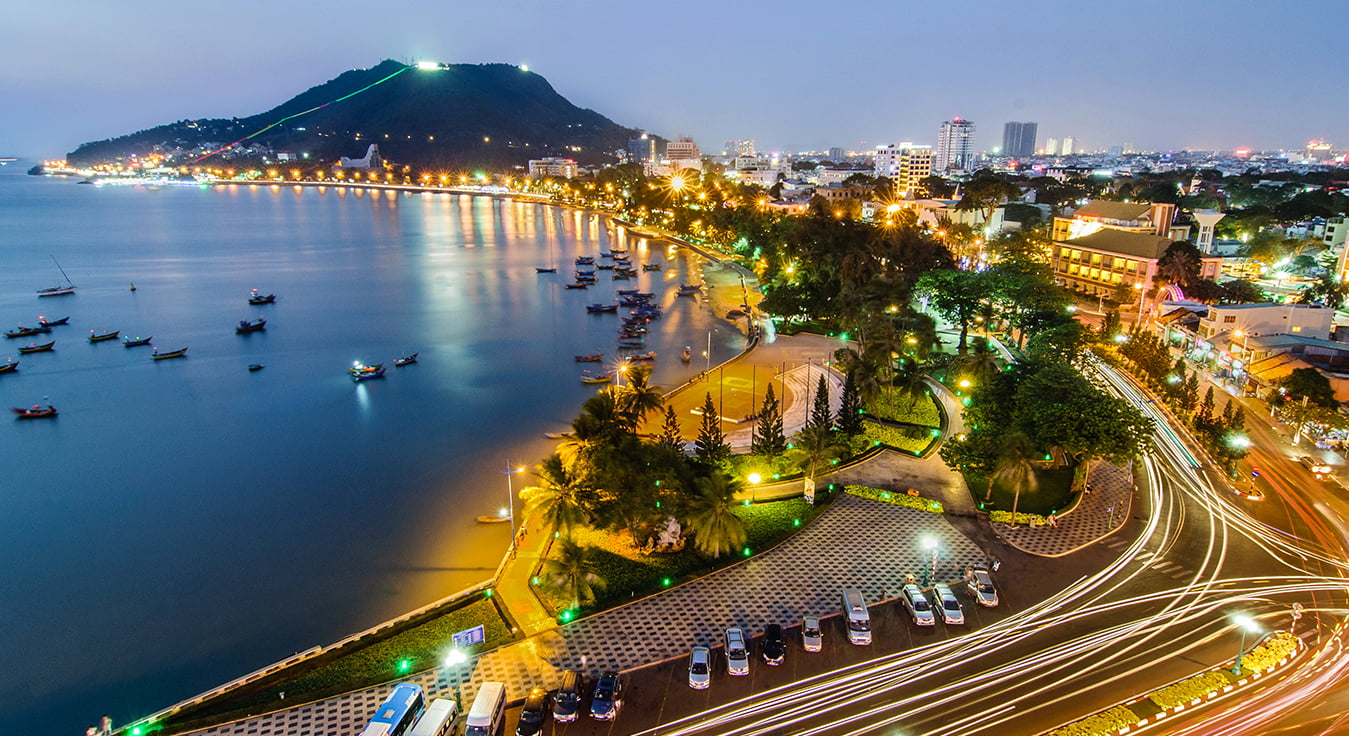
Comment (0)